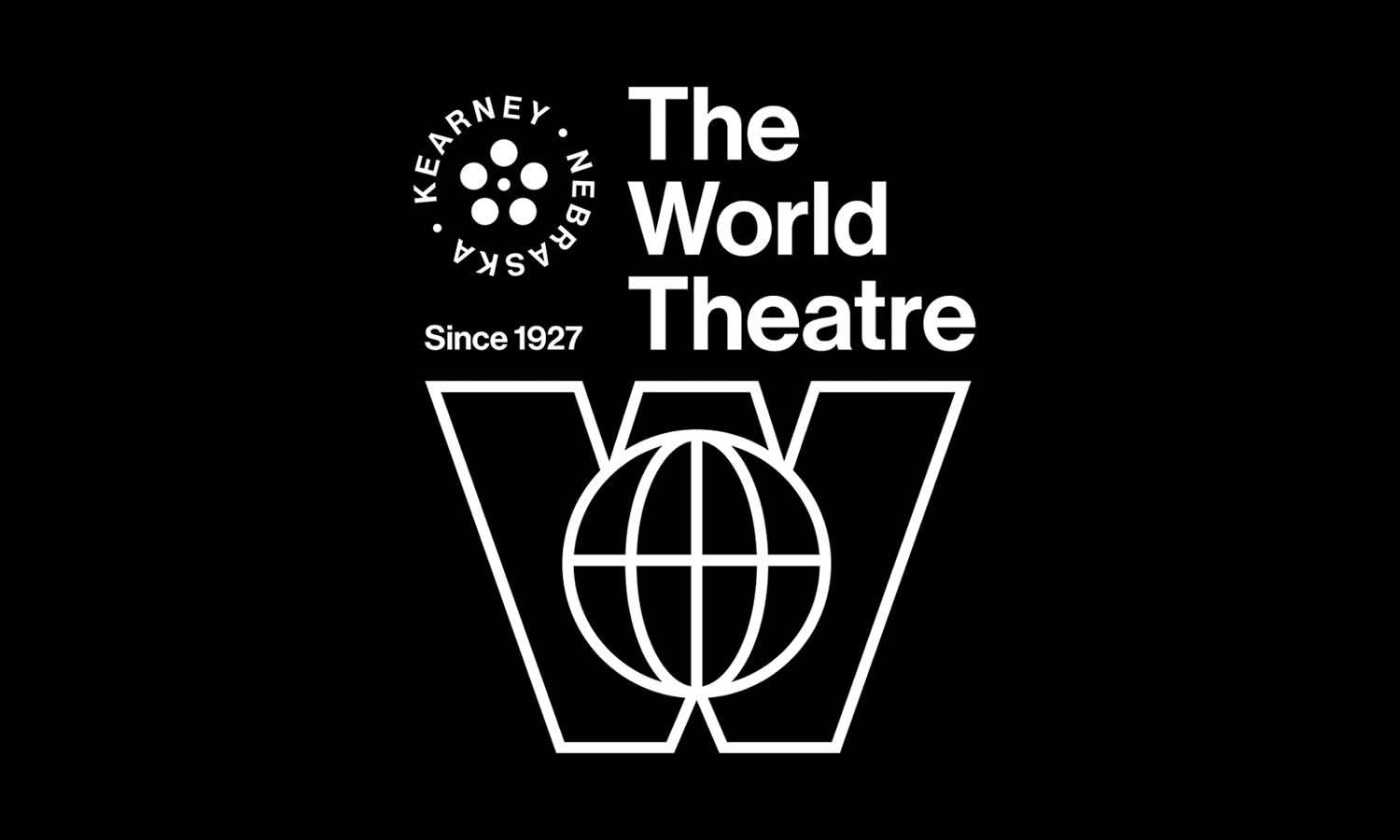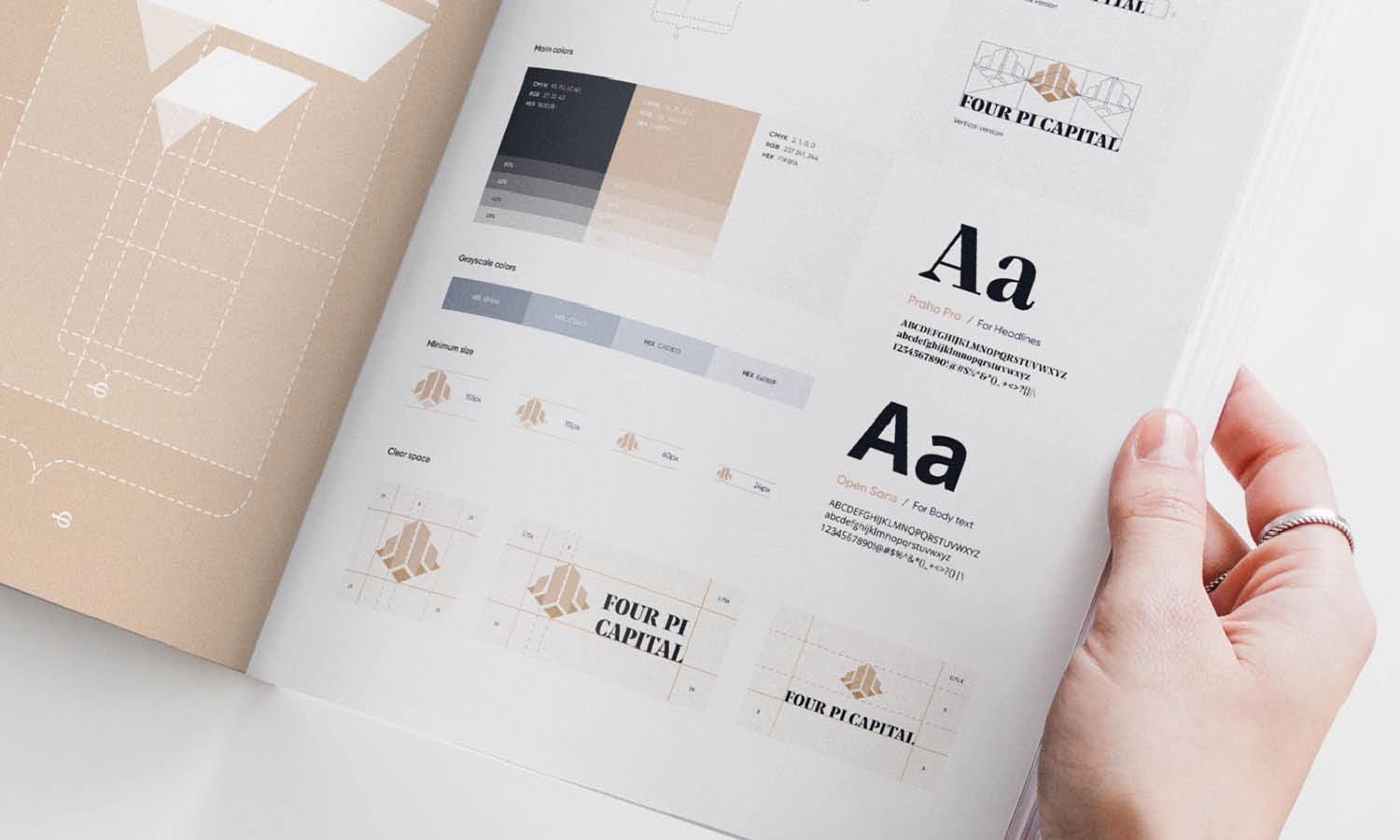Here’s Why Logo Design Is So Important For A Business

Source: Omor Faruk, Gradient R Logo, Dribble, https://dribbble.com/shots/17096704-Gradient-R-logo
A logo is much more than just a visual mark; it serves as the face of a business, embodying its values, ethos, and brand identity. Effective logo design is a crucial factor in establishing a strong presence in the market, helping businesses to instantly communicate their unique value proposition and core messages to consumers. Whether it’s displayed on a website, product packaging, or corporate communications, a logo is often the first point of interaction between a business and potential customers. This initial impression can significantly influence perceptions of professionalism and credibility.
Moreover, as businesses strive to establish and maintain their niche, a distinctive logo acts as an anchor that enhances visibility and fosters brand loyalty among consumers. In essence, strategic logo design is not just about aesthetics; it’s a fundamental business tool that plays a pivotal role in a company’s marketing strategy and overall success.
Logo Design Reflects A Business’s Identity
A compelling logo is pivotal in establishing and expressing a business's identity. The essence of logo design for businesses lies in its ability to visually communicate the brand’s core values, mission, and distinctiveness. A well-designed logo acts as a symbol that customers associate with reliability and quality. By integrating elements such as colors, typography, and imagery that reflect the brand's spirit, a logo can effectively convey a company's personality to its audience.
For example, a technology firm may utilize sharp, sleek fonts and cool colors to portray innovation and efficiency, while an organic food company might choose earthy tones and natural motifs to emphasize its commitment to sustainability. These visual choices help businesses create a recognizable identity that resonates with their target demographic and sets the groundwork for all subsequent branding efforts. An impactful logo is not just a random mark but a thoughtfully crafted representation of a business’s ethos and aspirations.
As such, it is essential for companies to invest in professional logo design to ensure their brand identity is both understood and remembered in the marketplace. In this way, a logo is not just part of a business’s branding strategy—it is the foundation of its visual identity.
Memorability Comes From Strong Logo Design
Memorability is a critical aspect of successful logo design in business. A memorable logo can significantly enhance brand recognition, making it easier for customers to recall and choose your business over competitors. The key to creating a memorable logo lies in its simplicity and relevance. A simple design ensures that the logo is easily recognizable, even at a glance or when scaled down for smaller applications like mobile apps or social media icons. Meanwhile, relevance ensures that the logo reflects the business’s industry, mission, and customer expectations, thereby creating a lasting emotional connection with the audience.
Logos like the golden arches of McDonald's or the swoosh of Nike showcase how simple yet effective designs can become deeply ingrained in consumer culture. These logos are not just symbols but essential tools that help these companies communicate their values and quality without words. Additionally, consistency in using the logo across all marketing materials reinforces its presence and aids in building a strong, memorable brand image.
A strategically designed logo thus plays a crucial role in the marketing strategy by being memorable and helping businesses establish a presence in the consumer's mind. Investing in professional logo design is essential for any business aiming to be easily remembered and recognized in a crowded market.
Professional Logo Design Enhances Credibility
The credibility of a business can be significantly bolstered by professional logo design. A well-designed logo not only projects a polished image but also communicates a commitment to quality and professionalism to consumers. In the business world, where first impressions are crucial, a sophisticated logo serves as a sign of legitimacy and can influence customer trust and decision-making. Professional logo design involves thoughtful consideration of color psychology, typography, and visual balance to ensure the logo aligns with the business’s ethos and appeals to its target audience.
For instance, a law firm might opt for a strong, classic font and muted colors to convey solemnity and expertise, while a creative agency could utilize bold colors and dynamic shapes to reflect creativity and innovation. This tailored approach helps businesses present a cohesive and reliable image to the public, which is essential in building trust. Furthermore, a professional logo is versatile, scalable, and designed to be effective across various platforms and mediums, from business cards to websites.
This consistency across brand touchpoints reinforces the business’s professional standing and ensures that the brand remains recognizable and credible in the eyes of consumers. Investing in high-quality logo design is not just about aesthetics but about creating a foundation for a business’s overall reputation in the market.

Source: Type08 (Alen Pavlovic), NB, Dribble, https://dribbble.com/shots/16472460-NB
Logo Design Sets Your Business Apart From Competitors
A distinctive logo design is critical in distinguishing your business from competitors in a crowded market. The uniqueness of a logo can significantly impact a company’s identity, helping it stand out and be remembered by consumers. Effective logo design for businesses should capture the unique selling points of the brand while also appealing to the specific tastes and needs of its target audience. This involves creative use of colors, shapes, and typography that not only align with the brand’s personality but also set it apart from others in the same industry.
For example, a coffee shop might use a quirky, hand-drawn logo to convey a friendly, community-oriented atmosphere, differentiating itself from more corporate, sleek coffee chains. Additionally, a unique logo can serve as a powerful marketing tool, facilitating brand recognition and enhancing visibility in all forms of advertising. It becomes a symbol of the brand’s promise to its customers, representing their expectations of quality, service, and experience.
By investing in a custom, standout logo, businesses can assert their uniqueness in the marketplace, fostering a strong brand identity that resonates with consumers and drives loyalty. This strategic differentiation is essential not just for catching the eye of potential customers but for nurturing a distinctive brand image that thrives in competitive environments.
Logo Design Boosts Brand Awareness
Enhancing brand awareness is a crucial benefit of effective logo design in business. A distinctive logo serves as a visual shorthand for the brand’s identity, making it more recognizable to potential and existing customers. The strategic use of colors, shapes, and typography in logo design can make a brand more visible and memorable. For example, consistent application of a unique logo across various marketing materials, such as business cards, websites, and advertisements, reinforces brand recognition.
Each exposure to the logo helps to imprint the brand image in the consumer’s mind, increasing the likelihood of recall. A well-designed logo can also bridge the gap between different products or services offered by a business, uniting them under a single visual identity. This consistent visibility is essential for maintaining presence in a competitive market and ensuring that the brand remains at the forefront of customer’s minds when making purchase decisions.
Moreover, a strong logo can be a beacon that draws attention in crowded marketplaces, both online and offline, aiding in marketing efforts and promotional campaigns. By investing in professional logo design, businesses significantly boost their brand awareness, which is fundamental to attracting new customers and retaining existing ones.
Logo Design Creates Emotional Connections
A well-crafted logo can forge emotional connections with consumers, enhancing their engagement with the brand. This emotional resonance is crucial for building customer loyalty and preference. Through strategic logo design, businesses can evoke specific feelings and associations that resonate with their target audience. For instance, the use of warm colors might inspire feelings of passion and energy, while soft, rounded shapes can evoke comfort and reliability. These visual elements are not chosen at random but are deeply aligned with the brand’s personality and the emotions it aims to invoke.
By consistently presenting a logo that aligns with positive experiences or values, businesses can create strong emotional ties with their customers. For example, a logo that includes an element of nature can appeal to consumers’ appreciation for sustainability and environmental stewardship. These emotional connections are particularly powerful in influencing consumer behavior, as they can drive repeated purchases and customer recommendations.
Moreover, in the digital age, where social media and online interactions are prevalent, a logo that emotionally engages can enhance shareability and online visibility. This emotional investment helps transform passive customers into active brand advocates, amplifying the impact of marketing efforts. Investing in logo design that connects emotionally is not just about aesthetics; it’s about crafting a deeper relationship with your audience, ensuring your business’s relevance and resonance in their lives.
Versatile Logo Design Works Across Platforms
In the realm of logo design, business success is significantly influenced by versatility. A well-designed logo must adapt seamlessly across various platforms, from digital media to physical merchandise. This adaptability ensures that the logo maintains its integrity and impact, regardless of where it appears. For instance, a versatile logo scales effectively from a small icon on a smartphone app to a large billboard advertisement without losing detail or readability. It also transitions smoothly across different media types, from online digital displays to printed materials, ensuring consistent brand representation.
Furthermore, versatility in logo design encompasses the ability to resonate with diverse audience demographics. A successful business logo must appeal to different age groups, cultures, and interests, adapting its message for various contexts while maintaining its core identity. This level of adaptability not only strengthens brand recognition but also enhances the brand’s ability to compete in a global market.

Source: Riya Moni, P Letter Logo - P Logo - Logo Design, Dribble, https://dribbble.com/shots/17886150-P-letter-logo-P-logo-Logo-design
Timeless Logo Design Brings Longevity To A Business
A timeless logo serves as a crucial asset for any business, providing a visual identity that endures through changing market trends and consumer preferences. The longevity of a logo design is pivotal in establishing and maintaining brand recognition over years, even decades. A timeless logo avoids trendy elements that may become dated quickly, opting instead for a simple, clear, and concise design that can stand the test of time. This approach ensures that the logo remains effective and relevant, regardless of shifts in design trends or business strategy.
Moreover, a timeless logo fosters a sense of reliability and trustworthiness among consumers. It communicates stability and consistency, qualities that are highly valued in any industry. Businesses with timeless logos are often perceived as industry leaders with a strong heritage and a commitment to quality. By maintaining a consistent visual identity, companies can reinforce their market position and build a lasting relationship with their audience.
Logo Design Supports Brand Storytelling
A compelling logo is a powerful tool for brand storytelling, encapsulating the essence of a company in a single graphic. Through thoughtful design, a logo can convey the history, mission, and values of a business, telling a story that resonates with consumers and invites emotional connections.
A well-crafted logo serves not just as a brand identifier but as a narrative device that enhances the storytelling aspects of marketing campaigns. It provides a visual anchor that helps to maintain narrative consistency across various marketing materials. When consumers see a familiar logo, they recall the brand’s story and the experiences associated with it.
This recognition helps to deepen the consumer’s emotional connection to the brand, fostering loyalty and enhancing customer engagement. Therefore, logo design is not only about creating an aesthetically pleasing mark; it is about embedding a business’s narrative in a form that is both simple and profound, making the logo a silent ambassador for the brand.
Logo Design Simplifies Business Communication
Effective logo design streamlines business communication by providing a clear and immediate visual representation of the company. In the fast-paced world of business, where attention spans are limited and first impressions are crucial, a logo acts as a quick identifier for the brand, delivering essential information about the company’s identity and core values at a glance. This simplification is vital for engaging potential customers quickly and efficiently, reducing the cognitive load required to understand what the business stands for.
Moreover, a logo can transcend language barriers, making it an invaluable asset for international marketing. Its visual nature allows it to communicate the business’s essence across different cultures without the need for textual explanation. By symbolizing the company’s mission or industry through imagery, logos facilitate recognition and recall, essential components of effective marketing communications.
Conclusion
Logo design is an indispensable tool for any business aiming to establish a strong market presence. It not only reinforces brand identity but also enhances visibility, fosters customer loyalty, and facilitates effective communication across diverse platforms. A thoughtfully designed logo serves as the cornerstone of brand strategy, reflecting the company's values and mission through its visual essence. For businesses looking to thrive in competitive environments, investing in professional logo design is not just beneficial; it is essential for long-term success and brand consistency.
Let Us Know What You Think!
Every information you read here are written and curated by Kreafolk's team, carefully pieced together with our creative community in mind. Did you enjoy our contents? Leave a comment below and share your thoughts. Cheers to more creative articles and inspirations!
















Leave a Comment